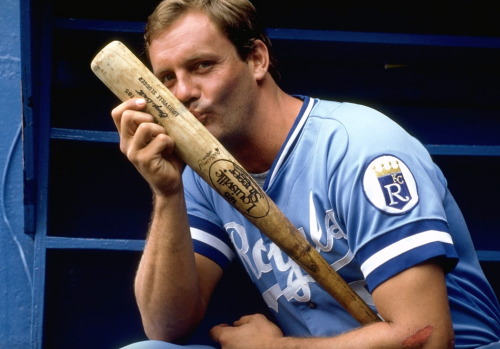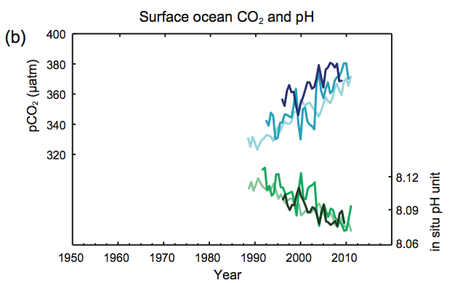
Engineering faces a future of ideological challenges to green and sustainable technologies and practices. Most engineers and engineering professional societies have heartily embraced some shade of green - we have eagerly nibbled around the edges of the green, sustainable, and climate change debate. We enjoy the little nibble and yet don't have the stomach for the big bite. Engineering organizations such as
ASCE seem more comfortable drifting toward a climate meltdown than to imagining ourselves deliberately changing the economy and our economic values. We understand the need to view projects through the lens of the Triple Bottom Line - the social, economic, and environmental impacts of any project we design and construct. But we have yet to figure out the political context of greening in terms of a full-throated debate regarding the limits and opportunities of capitalism.
What underpins and undermines any attempt to fundamentally change the design and construction process is the "Watermelon Problem" - - a political view that green technology is green on the outside, red (socialist) on the inside. Many citizens and political forces view anything green or sustainable or renewable as a catalyst for forms of social and economic justice and change. Any broad discussion regarding re-shaping our economic systems and processes in a more sustainable manner is DOA.
In terms of green technology and climate change, we as engineers seem to have a fetish for nibbling and centrism. But we seem to have crossed the line between nibbling and the need to dramatically reinvent the systems and processes in our economy. Consider the following from Robert Stavins (professor and the director of the environmental economics program at the Harvard Kennedy School and a lead author of three reports by the Intergovernmental Panel on Climate Change) in an article in the
New York Times (
Climate Realities) yesterday:
"The world is now on track to more than double current greenhouse gas concentrations in the atmosphere by the end of the century. This would push up average global temperatures by three to eight degrees Celsius and could mean the disappearance of glaciers, droughts in the mid-to-low latitudes, decreased crop production, increased sea levels and flooding vanishing islands and coastal wetlands, great storm frequency and intensity, the risk of species extinction and a significant spread of infectious disease."
The world of wonky engineering green thinking and development seems very comfortable with the idea of clean coal, incrementalism, minor lifestyle changes, carbon trading, and reducing the issue to the narrow frame of energy security. We look at the huge Home Depot parking lot that is vacant most of the time (drive by a Target or Home Depot on a Sunday night) in terms of bioswales - - we never think or debate the social, economic, and environmental impacts of exponential economic growth in the privatization of public spheres. We still have a difficult time with the development process - - planing for jobs and power versus banning for environmental preservation. The Home Depot parking lot and LBJ in Dallas during rush hour perfectly illustrate the challenges of the Watermelon Problem that engineering will face this century. Will the greenness of the watermelon and the power of technology and markets that it represents be enough to fix our enormous green, sustainability, and climate challenges? Or will solutions, many viewed as "red", need a more fundamental rethinking of economic values and a revival of vigorous market interventions?
This century will be about how we think about and slice the watermelon,






